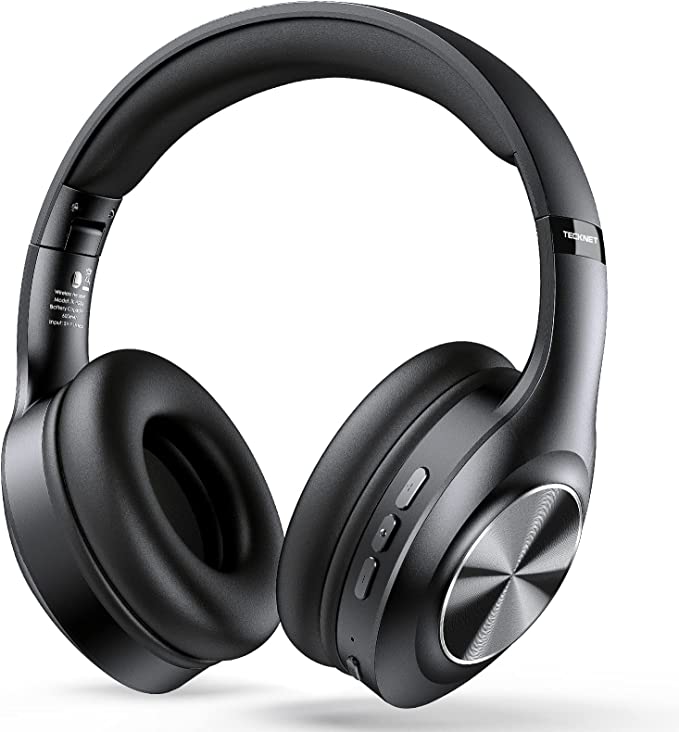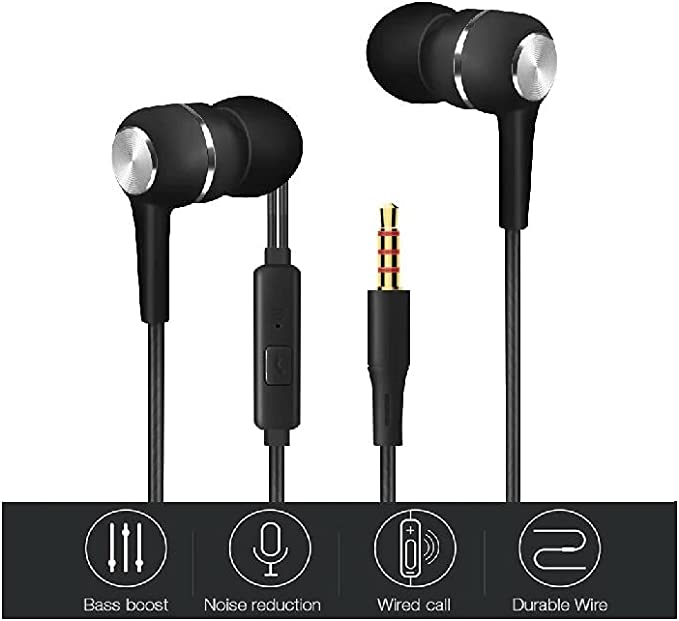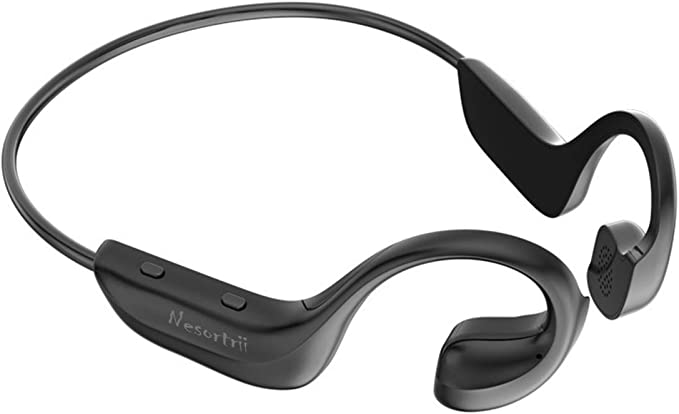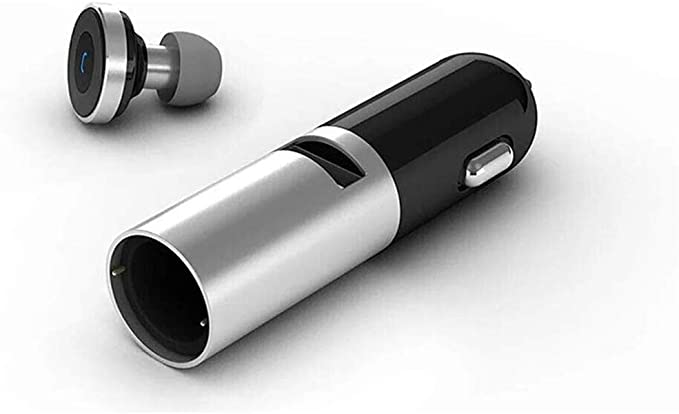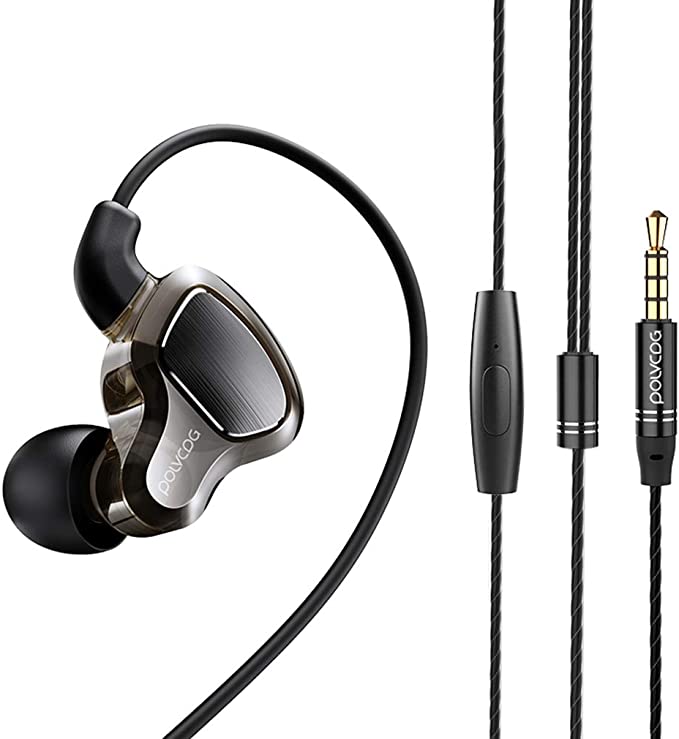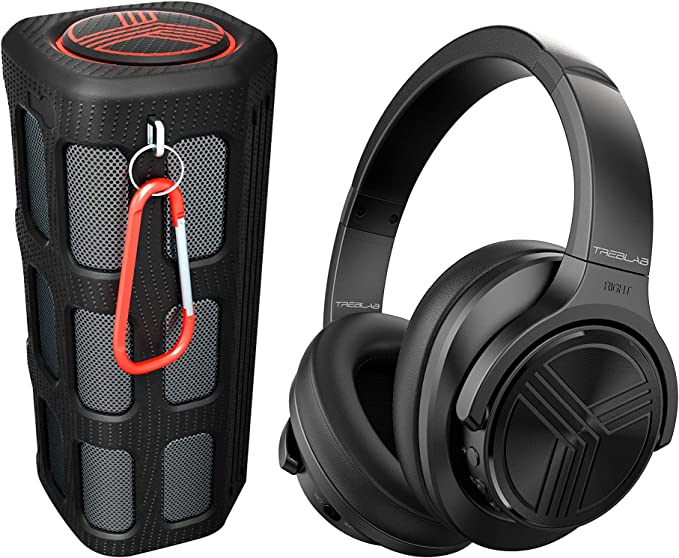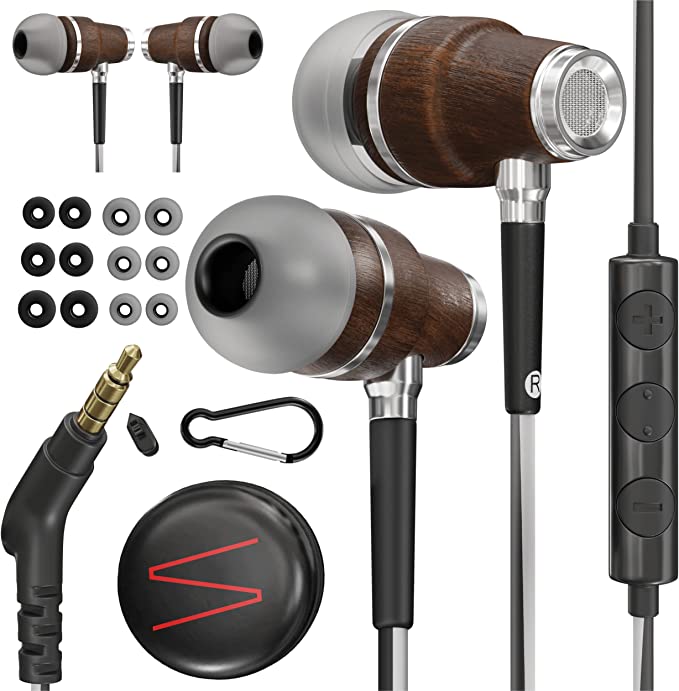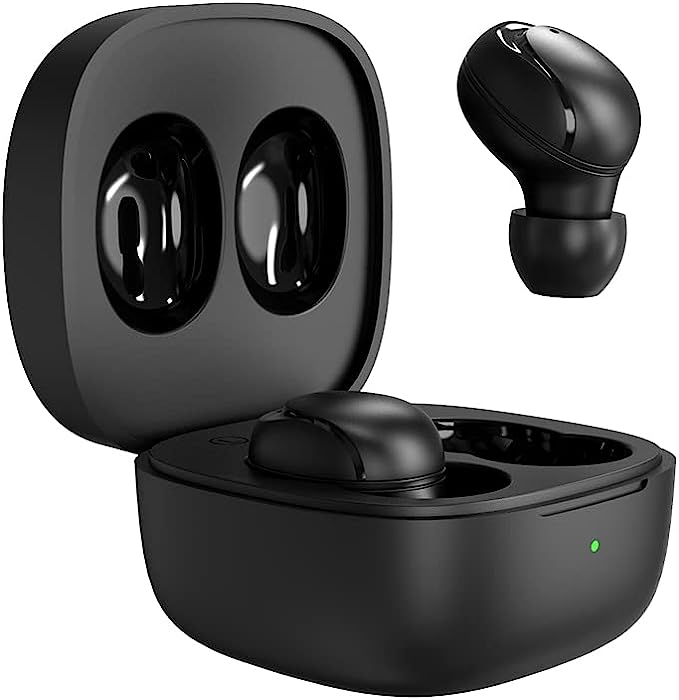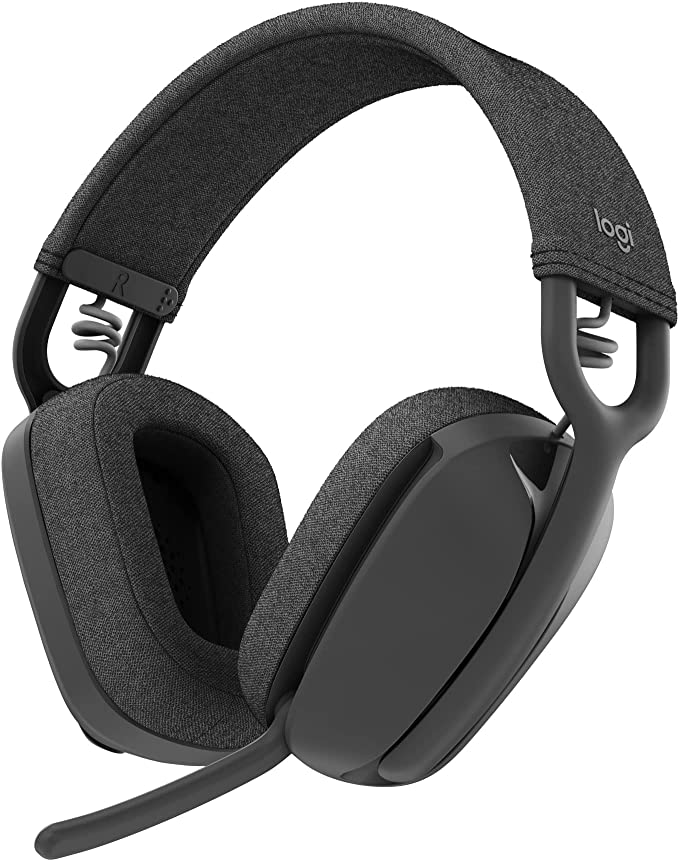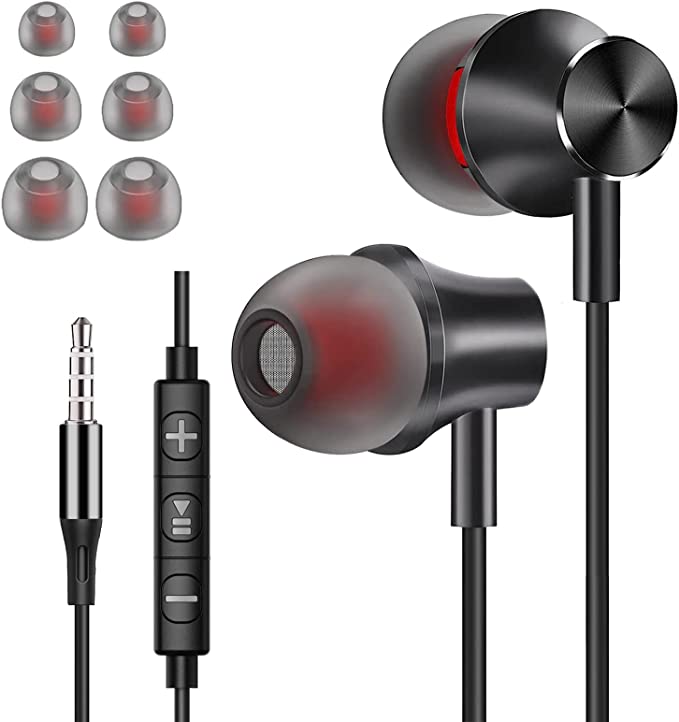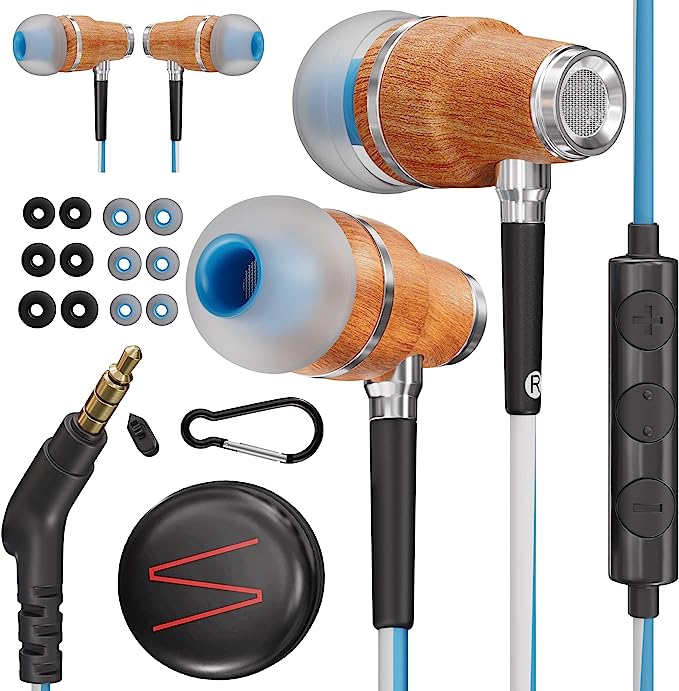Koss CS100-USB Headset: Crystal Clear Communication with Noise Cancellation
Update on Feb. 19, 2025, 10:18 a.m.
The Symphony of Silence: A Quest for Clear Communication
Imagine you’re in a crucial online meeting, presenting your brilliant ideas to your team. But there’s a problem: your voice is constantly competing with the drone of your air conditioner, the barking of your neighbor’s dog, and the general cacophony of a busy household. Frustrating, isn’t it? In today’s increasingly connected world, clear communication is more important than ever, whether you’re working from home, attending online classes, or battling it out in a virtual game. We crave a symphony of silence, a space where our voices can be heard clearly and distinctly, without the distracting interference of unwanted noise.

The Unseen Foe: Noise and Its Impact
Noise, in the context of audio, isn’t just about loud sounds. It’s any unwanted sound that interferes with the signal you do want to hear – in this case, your voice. Think of it like static on an old radio, obscuring the music you’re trying to enjoy. This interference isn’t just annoying; it can significantly impact communication effectiveness. A low signal-to-noise ratio (SNR) – meaning your voice is competing with a lot of background noise – makes it harder for others to understand you, leading to miscommunication, frustration, and even reduced productivity. For voice recognition software, a noisy environment can be a disaster, leading to inaccurate transcriptions and a generally frustrating experience.

Koss CS100-USB: A Simple Solution with Sophisticated Science
The Koss CS100-USB headset emerges as a practical and effective solution to this pervasive problem. It’s not about fancy bells and whistles; it’s about solid engineering and a focus on delivering clear, intelligible audio. This headset, at its core, is a well-designed tool for achieving clear communication in a variety of environments. Let see it’s Features:
The Microphone: Your Voice’s Best Friend
The microphone is arguably the most critical component of any communication headset. It’s the gatekeeper of your voice, responsible for capturing your spoken words and converting them into an electrical signal that can be transmitted to your computer. The Koss CS100-USB employs a specific type of microphone called an electret condenser microphone.
Electret Condenser Microphones: Unveiling the Magic
Let’s break down what that means. Unlike dynamic microphones (often used in live music performances), condenser microphones are known for their sensitivity and ability to capture a wider range of frequencies, resulting in a more detailed and accurate sound reproduction. The “electret” part refers to a special type of material that holds a permanent electric charge.
Think of a condenser microphone like a tiny, highly sensitive drum. It has a thin, conductive diaphragm (the drumhead) placed very close to a stationary backplate. When sound waves – created by your voice – hit the diaphragm, it vibrates. This vibration changes the distance between the diaphragm and the backplate, which, in turn, changes the capacitance of the system. Capacitance is the ability of a system to store an electrical charge. The electret material helps maintain a constant charge, and the changes in capacitance, caused by your voice, are converted into an electrical signal that represents the sound. This signal is then amplified and sent to your computer.
The Cardioid Caper: How Directionality Defeats Noise
But the CS100-USB’s microphone isn’t just sensitive; it’s also smart. It uses a cardioid pickup pattern, which means it’s most sensitive to sounds coming from directly in front of it (where your mouth is) and less sensitive to sounds coming from the sides and rear. Imagine a heart-shaped zone of sensitivity around the microphone – hence the name “cardioid.”
(Diagram: A simple illustration of a cardioid pickup pattern, showing a microphone with a heart-shaped area of sensitivity around it. Arrows indicate sound sources, with larger arrows representing stronger signals.)
This directional design is crucial for noise cancellation. By focusing on sound from a specific area, the microphone effectively minimizes the pickup of ambient noise, such as keyboard clicks, room echoes, and other distracting sounds. It’s like having a tiny, focused spotlight for your voice, ensuring it shines through the surrounding noise.
The Headphones: Delivering Clarity to Your Ears
While the microphone is responsible for capturing your voice clearly, the headphones are responsible for delivering clear audio to your ears. The Koss CS100-USB’s headphones are designed to reproduce sound accurately, allowing you to hear others clearly during conversations, online classes, or gaming sessions.
Frequency Response: The Language of Sound
Frequency response refers to the range of sound frequencies a headset can reproduce. The CS100-USB has a frequency response of 30-16,000 Hz for the headphones. While the human ear can typically hear sounds from 20 Hz to 20,000 Hz, the most critical range for speech intelligibility lies between roughly 100 Hz and 8,000 Hz. The CS100-USB’s frequency response comfortably covers this crucial range, ensuring that you hear the nuances of human speech clearly.
Think of frequency response like the keys on a piano. A piano with a wider range of keys can produce a wider range of notes. Similarly, a headset with a wider frequency response can reproduce a wider range of sounds. However, for clear voice communication, the most important “keys” are those that correspond to the frequencies of human speech.
Impedance: Matching the Headset to Your Device
Impedance, measured in ohms (Ω), is a measure of how much a device resists the flow of electrical current. The CS100-USB has an impedance of 32 ohms. This is a relatively low impedance, making it compatible with a wide range of devices, including computers, laptops, and even some mobile devices (with a USB-A adapter). Matching the impedance of your headphones to your audio source is important for optimal performance and preventing distortion.
Sound Pressure Level (SPL): Understanding Loudness
SPL, measured in decibels (dB), indicates how loud the headphones can get. The CS100-USB has an SPL of 91 dB. This is a moderate level, sufficient for clear communication without being excessively loud (and potentially damaging to your hearing). It’s important to note that SPL doesn’t necessarily equate to sound quality; it simply indicates loudness.

The USB Advantage: Digital Precision in a Noisy World
The Koss CS100-USB connects to your computer via a USB-A connector. This might seem like a minor detail, but it offers significant advantages over traditional analog connections (like 3.5mm jacks). USB transmits audio digitally. This means the audio signal is converted into a series of ones and zeros before being sent to the headset. This digital signal is much less susceptible to interference and degradation than an analog signal, which can pick up noise and distortion along the way.
Think of it like sending a message by letter versus sending it by email. The letter (analog signal) might get smudged, torn, or lost in transit. The email (digital signal) is much more likely to arrive intact and perfectly readable. The USB connection also simplifies setup – it’s truly plug-and-play, with no need for separate drivers or software in most cases.
Comfort and Design: The Unsung Heroes of a Great Headset
Technology is only part of the equation. A great headset also needs to be comfortable, especially if you’re going to be wearing it for extended periods. The CS100-USB features a lightweight design with foam ear cushions and an adjustable headband. The foam ear cushions provide a comfortable seal around your ears, helping to passively block out some external noise (this is passive noise isolation, not active noise cancellation). The adjustable headband ensures a secure and personalized fit, preventing the headset from feeling too tight or too loose. The microphone boom is also flexible, allowing you to position it optimally for clear voice pickup.
A Legacy of Sound: A Brief History of Koss
The Koss Corporation has a rich history in the audio industry. In 1958, John C. Koss revolutionized personal listening with the invention of the world’s first SP/3 stereophone. This groundbreaking invention paved the way for the modern headphone industry and established Koss as a leader in audio innovation. The CS100-USB, while a budget-friendly model, carries on this legacy of providing quality sound at an accessible price.
Limitations and Considerations
It’s important to be transparent about the limitations of any product. The Koss CS100-USB is not a high-end audiophile headset. Its primary focus is on clear communication, not on delivering the ultimate music-listening experience. The build quality, while decent for the price, is primarily plastic, and it lacks some features found on more expensive headsets, such as a microphone mute button.
Conclusion: The Value of Clear Communication
In a world increasingly reliant on virtual interaction, clear communication is paramount. The Koss CS100-USB headset offers a simple, affordable, and effective solution for achieving that clarity. By combining a noise-canceling microphone, clear audio reproduction, comfortable design, and the convenience of USB connectivity, it provides a valuable tool for anyone who needs to be heard clearly and distinctly, whether in the virtual workplace, the online classroom, or the digital gaming arena. It’s a testament to the fact that sometimes, the most effective solutions are the simplest ones, grounded in solid engineering and a focus on the fundamentals.




